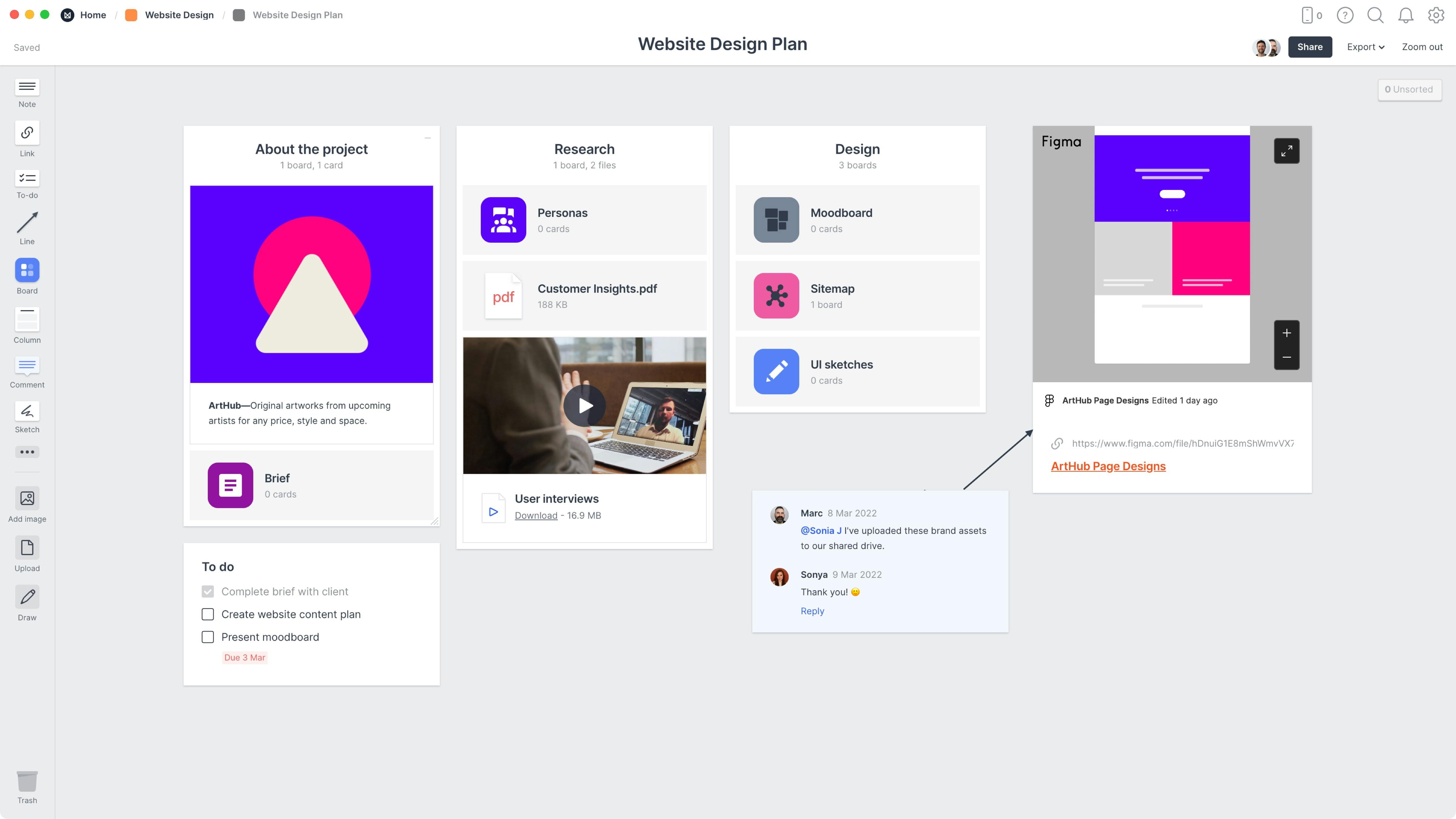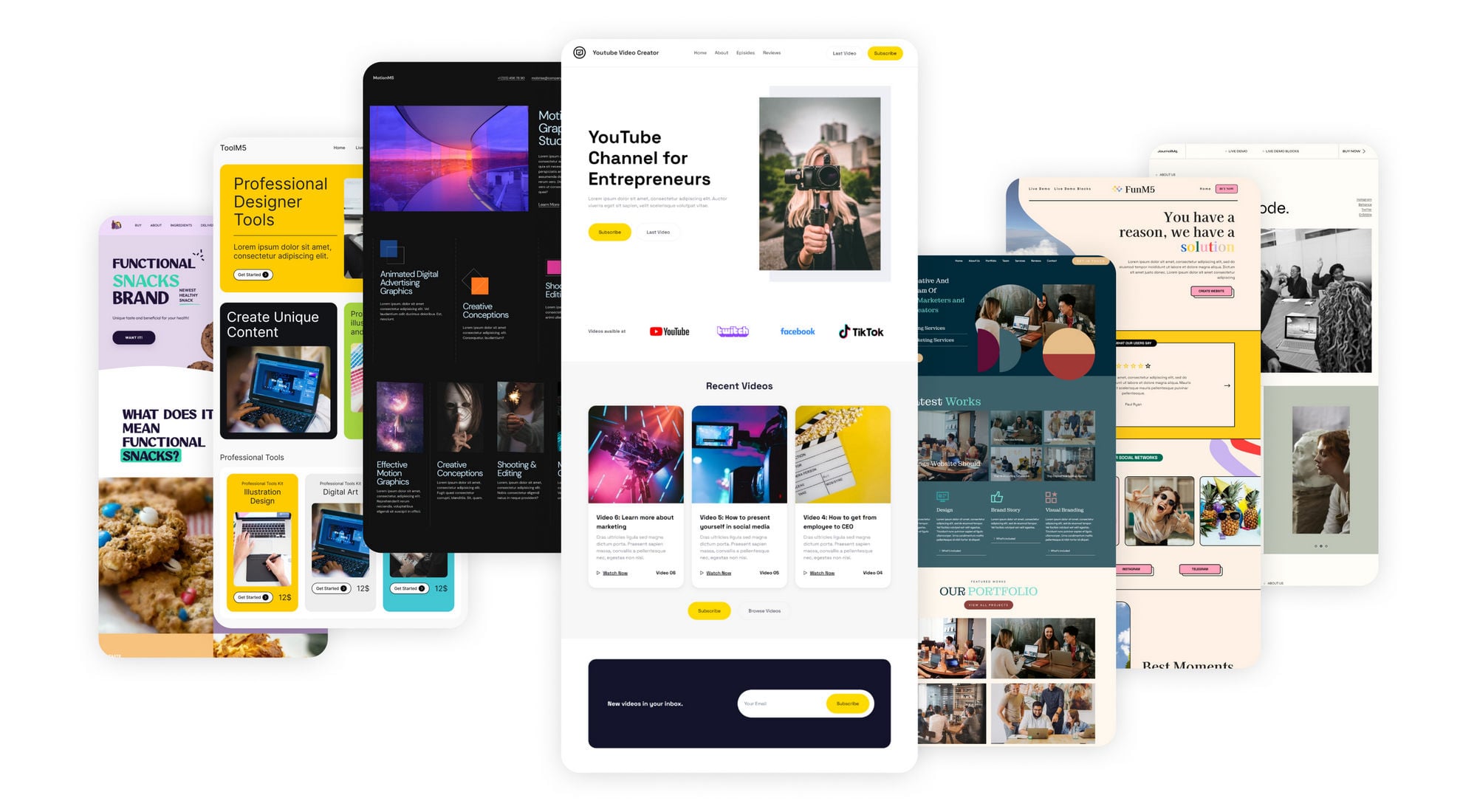Checking out the Connection Between SEO and Effective Website Design
Checking out the Connection Between SEO and Effective Website Design
Blog Article

Crafting a User-Friendly Experience: Necessary Aspects of Efficient Website Style
Necessary aspects such as a clear navigation structure, receptive layout principles, and quick packing times serve as the foundation for involving customers efficiently. Understanding the underlying elements that add to reliable design can shed light on how to improve customer contentment and interaction.
Clear Navigating Framework
A clear navigating structure is basic to reliable web site design, as it straight affects customer experience and involvement. Users should have the ability to locate information effortlessly, as intuitive navigation minimizes disappointment and urges exploration. An efficient design permits visitors to understand the relationship between different pages and material, bring about longer site brows through and raised communication.
To accomplish quality, developers ought to use familiar patterns, such as side or leading navigating bars, dropdown food selections, and breadcrumb routes. These aspects not only improve usability but additionally offer a sense of orientation within the website. Maintaining a consistent navigation structure throughout all pages is essential; this knowledge helps users anticipate where to discover preferred info.
It is likewise essential to restrict the number of food selection things to stay clear of overwhelming customers. Prioritizing the most crucial sections and utilizing clear labeling will certainly direct site visitors properly. Additionally, integrating search functionality can even more aid customers in locating specific material rapidly (website design). In recap, a clear navigation framework is not simply a style selection; it is a strategic element that dramatically affects the overall success of a website by cultivating a enjoyable and reliable customer experience.
Responsive Style Concepts
Reliable site navigating establishes the stage for a seamless individual experience, which ends up being even extra essential in the context of responsive layout principles. Receptive design makes certain that websites adjust fluidly to different screen sizes and positionings, enhancing ease of access across devices. This versatility is attained through versatile grid layouts, scalable pictures, and media queries that permit CSS to adjust styles based on the tool's attributes.
Secret concepts of receptive design include fluid layouts that utilize percents as opposed to repaired systems, making certain that components resize proportionately. Additionally, utilizing breakpoints in CSS enables the design to transition efficiently in between different tool dimensions, maximizing the design for each display kind. Using receptive pictures is likewise necessary; images need to immediately get used to fit the display without losing quality or creating design shifts.
Additionally, touch-friendly interfaces are important for mobile customers, with effectively sized switches and user-friendly gestures improving individual communication. By incorporating these concepts, designers can produce websites that not only look cosmetically pleasing but additionally offer useful and appealing experiences across all devices. Eventually, effective responsive layout cultivates user contentment, lowers bounce rates, and encourages much longer interaction with the content.
Fast Loading Times
While users increasingly anticipate websites to pack promptly, quickly packing times are not simply an issue of ease; they are crucial for maintaining visitors and improving general user experience. Study suggests that customers usually abandon web sites that take longer than 3 secs to tons. This abandonment can lead to boosted bounce prices and lowered conversions, eventually damaging a brand name's online reputation and profits.
Quick packing times enhance customer engagement and fulfillment, as visitors are more probable to check out a site that responds quickly to their communications. Additionally, online search engine like Google prioritize speed in their ranking formulas, indicating that a slow-moving internet site may have a hard time to accomplish exposure in search engine result.

Intuitive Interface
Rapid loading times prepared for an engaging online experience, yet they are just part of the equation. An intuitive interface (UI) is important to make sure visitors can browse a website effortlessly. A properly designed UI permits customers to attain their goals with minimal cognitive tons, fostering a seamless interaction with the website.
Crucial element of an instinctive UI include constant design, clear navigation, and identifiable icons. Consistency in style components-- such as color design, typography, and switch styles-- assists Home Page users understand exactly how to connect with the website. Clear navigating frameworks, including sensible menus and breadcrumb routes, allow customers to discover info rapidly, reducing aggravation and improving retention.
In addition, responses mechanisms, such as hover results and filling indications, inform users about their activities and the web site's reaction. This openness grows count on and motivates ongoing engagement. Focusing on mobile responsiveness ensures that customers enjoy a natural experience throughout gadgets, catering to the varied methods audiences accessibility material.
Accessible Web Content Guidelines

First, utilize clear and simple language, preventing jargon that may perplex viewers. Stress correct heading frameworks, which not just aid in navigation however likewise assist display visitors in translating material pecking orders properly. Furthermore, supply alternative text for photos to convey their meaning to individuals who rely upon assistive modern technologies.
Contrast is an additional essential component; make sure that message attracts attention against the history to enhance readability. Make sure that video and audio web content consists of captions and records, making multimedia easily accessible to those with hearing impairments.
Finally, integrate key-board navigability into your style, permitting customers who can not use a mouse to accessibility all website features (website design). By sticking to these obtainable material standards, web developers can develop comprehensive experiences that deal with the needs of all customers, eventually improving user interaction and fulfillment
Conclusion
Finally, the combination of necessary components such as a clear navigation framework, responsive design concepts, quick packing times, an user-friendly customer interface, and available web content guidelines is vital for developing a straightforward internet site experience. These parts jointly improve use and engagement, making sure that individuals can easily browse and connect with the site. Prioritizing these layout aspects not only boosts overall contentment however also cultivates inclusivity, suiting varied user demands and preferences in the electronic landscape.
A clear navigation framework is essential to efficient internet site layout, as it directly affects customer experience and interaction. In summary, a clear navigating structure is not simply a layout choice; it is a calculated aspect that substantially impacts the overall success of a site by cultivating a satisfying and reliable individual experience.
Moreover, touch-friendly user interfaces are important for mobile customers, with sufficiently sized switches and user-friendly motions boosting individual interaction.While individuals significantly anticipate web sites to pack promptly, fast click site filling times are not simply a matter of comfort; they are necessary for preserving site visitors and enhancing overall look at here user experience. website design.In verdict, the integration of essential elements such as a clear navigating structure, responsive style principles, quick filling times, an instinctive customer interface, and accessible web content standards is vital for creating an user-friendly internet site experience
Report this page